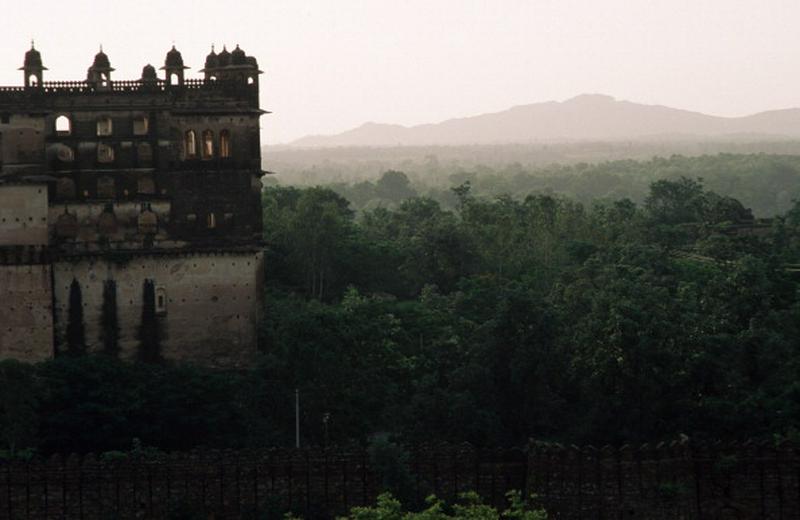Ancient India – Stepping Stones To Modern Technology
By | August 14, 2019

The world received a lot of technological advances from ancient India. As Albert Einstein put it, “We owe a lot to the ancient Indians, teaching us how to count. Without which most modern scientific discoveries would have been impossible.”
No one man or generation knows everything about everything but each contribution builds on the next one. Like stepping stones, mankind can climb higher and higher in technological advances as knowledge increases more and more. Each new generation relies on the information that was obtained in the previous generation.

Numbers
Math, for example, would have not been achieved the way it is today without the number zero. A mathematician from India named Aryabhata, born in 476 CE, was responsible for introducing the symbol for zero. Imagine how hard it would have been to keep coming up with new numbers without the zero. Instead of 10, 20, 30, and so on, original numbers would have had to have been continually created to keep up. The number zero is also used immensely in computer languages consisting of bytes of code made up entirely of 1’s and 0’s. Besides the number zero, Aryabhata is also the one who introduced the irrational number for pi (π) which is 3.14159265. The reason why it is considered irrational is that it is a real number that cannot be expressed as a simple fraction; an infinite decimal. Aryabhata wrote a compilation of treatises called “Ayrabhatiya” that covered math and astronomy. His theories provided the groundwork (stepping stone) for algebra, arithmetic, and trigonometry.

Astronomy
Aryabhata learned about the rotation of the earth, sun, and moon. He also learned about the planets and their rotation. Through his discoveries, he came up with the number of days in a year and lunar as well as solar eclipses. He learned the diameter and circumference of the earth and was the first person to realize that the earth was round and not flat.

Medicine
Shushrut was an ancient physician, founding father of surgery, from the 6th century BCE who was familiar with over 300 types of surgery. Areas of the medicine that he researched included plastic surgery, cataract surgery, and even established stepping stones towards anesthesia. It is believed that he performed the first cataract surgery. He used a “Jabamukhi Salaka” which was a curved needle to loosen the lens and push out the cataract from the field vision of the patient; then bandage up the eye until it was healed which took a few days. Shushrut wrote what is considered to be the most all-inclusive textbook on ancient surgery called the Shushruta Samhita. This book covers not only many illnesses but also cures and difficult plastic surgeries including rhinoplasty.

There were many others who created stepping stones to modern medicine and technology including space exploration, botany, mental health, and more. Bhaskaracharya wrote in his books on the subject of gravity which was 500 years before Sir Isaac Newton. Maharishi Charak was known as the father of medicine and included in his research was pharmacology and the medical qualities of 100,000 plants as well as other areas of medical science. Acharya Kanad is believed to be the founder of atomic theory. Acharya Bharadwaj studied the art of flying and believed that it was possible to fly from one place to another including planet to planet.
Today, modern science and technology have reached above and beyond one’s imagination. If one can imagine it, then it is quite possible to achieve it.

